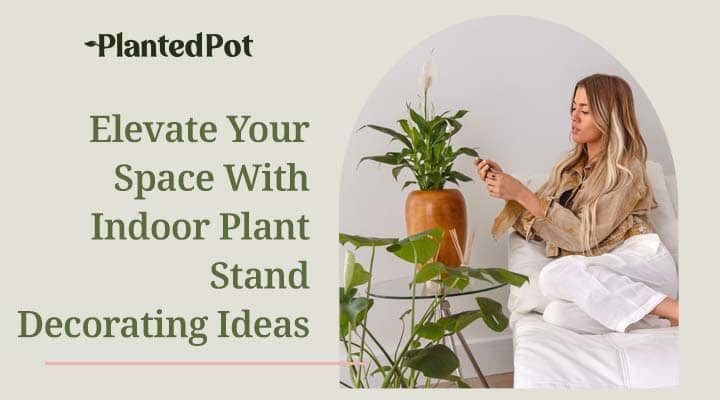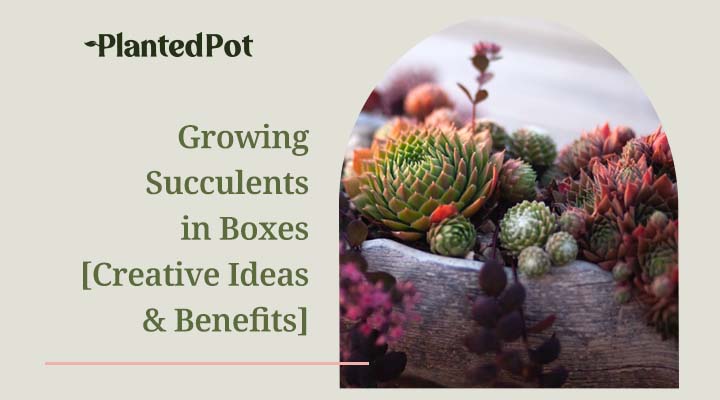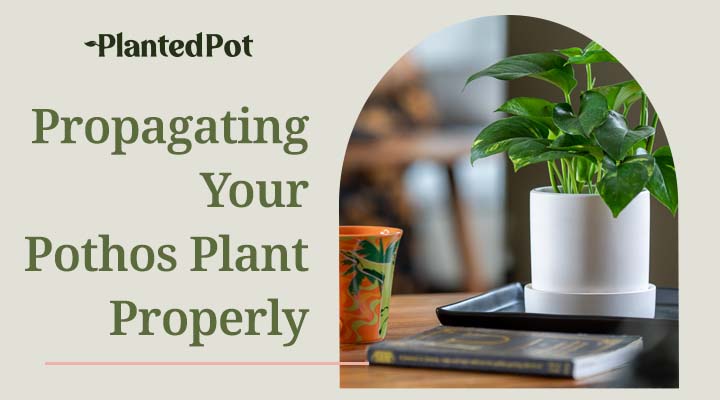
Echeveria Care: The Best Tips to Grow This Beautiful Succulent
Home / Echeveria Care: The Best Tips to Grow This Beautiful Succulent
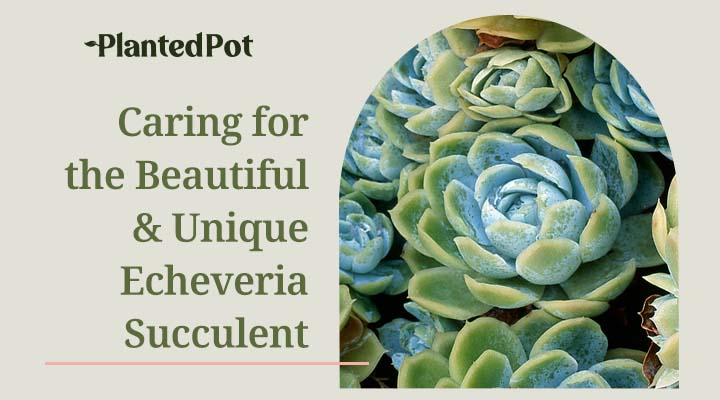
Echeveria Care: The Best Tips to Grow This Beautiful Succulent
- Rogelio Alvarez
- May 17, 2021
- 7:31 pm
- No Comments
So you received a succulent plant as a gift, or maybe you’re thinking of giving this plant as a present for a family member, friend, or co-worker. The Echeveria plant is one of the most popular varieties of succulents, and they can come in a fantastic range of colors and sizes. Echeveria care is pretty simple for any plant owner, whether you’re a beginner or an expert! After reading this plant care guide, you will be able to keep an Echeveria succulent healthy, and thriving with no problems whatsoever! Find out why so many people are buying Echeverias and why you should consider one for your home too!
What is an Echeveria Plant?
One of the first things to know about this plant is how to pronounce its name, Echeveria (etch-eh-VEER-ee-uh). It is native to the desert areas of Mexico, Central America, and parts of northern South America. This plant was originally named after an 18th-century Mexican botanical artist Atanasio Echeverría y Godoy.
Echeverias are part of over 150 botanical members of the succulent family. Like all succulent plants, Echeverias are known for being incredibly resilient. This succulent is an attention seeker, thanks to its many different colors. From shades of green-blue to even purple and red, Echeverias can brighten up any room and household!
The main attraction is their rosette appearance. Succulents come in different shapes and sizes, but take a keen look at the pattern of your Echeveria plant, and you will notice the mesmerizing rosette pattern.
The plant design is not just a coincidence. It is shaped so the leaves can easily filter water down to the roots. This plant is naturally found in dry, sunny areas because it can withstand a lack of water and high temperatures. Echeverias are sometimes also known as hen and chicks plants. These succulent plants are also sought after because they are easy maintenance.
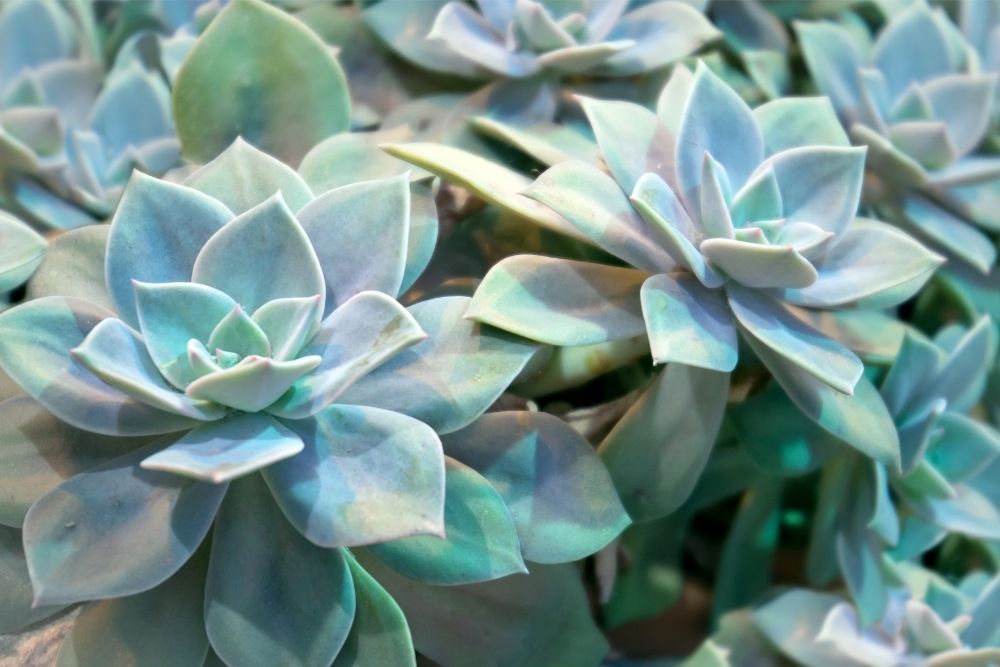
Are Echeveria Plants Easy to Care For?
Yeah, Echeveria plants are easy to care for! The sense of accomplishment associated with caring for this plant can be appealing to many people who have little time or are constantly away from home. Its adaptability is what makes it a highly sought-after houseplant.
The amount of light and water needed to keep this plant thriving is not rocket science. These plants thrive on bright, direct light and freshwater. It is extremely simple and straightforward to care for an Echeveria!
Can You Grow Echeveria Plants Indoors and Outdoors?
Echeverias are adaptable to grow as indoor succulents as well as outdoor plants. This succulent enjoys bright direct light, so make sure they receive multiple hours of sunshine every day.
Where you live can also determine the amount of time your plant can handle outside exposure. Succulents prefer warmer climates, so don’t leave your plant outside overnight if it gets to freezing temperatures. If the Echeveria is your first plant, we recommend keeping it indoors, so it’s easier to grow. Experienced plant carers can keep an Echeveria outside or switch between inside and outside.This succulent does not mind outside or inside. So if you like hanging out in the backyard, this succulent can join you in the shade with the afternoon sun.
What Are the Benefits of Echeveria Plants?
The Echeveria’s purpose is not just for decoration. The Echeveria succulent can provide many benefits. Visually, the Echeveria comes in a beautiful selection of colors. From shades of green to purple and red, each colored leaves are wonderfully displayed in a rosette pattern. It is almost impossible not to sit and stare at this succulent plant for a long time.
Feeling overwhelmed with work or at home? Plants also help with stress relief. Research shows that caring for a plant is an excellent method for reducing stress. Echeverias are also natural air purifiers. The Echeveria succulents can absorb surrounding toxins in the air. This quality is helpful for people living or working in old buildings with poor ventilation.
These succulents require easy maintenance and will bring you a sense of accomplishment to see them grow. With the following care tips, you will realize how simple echeveria care is.
Echeveria Care Tips
Growing Echeveria is not rocket science. This succulent requires the right potting mix, a pot with drainage holes, plenty of light, air, and of course, fresh water. Fertilizer is optional, but it can benefit from the nutrients provided.
The Echeveria succulent requires easy watering. Avoid overwatering the plant, or it may develop root rot. This succulent can expand its width. Repotting helps keep the roots healthy. Plant care is a lot more manageable if you keep track of each time you water your echeverias. This can help you avoid giving your new plants too much water. If properly cared for, Echeverias can thrive for years!
Choosing the Right Soil
Choosing suitable potting soil will keep your Echeverias healthy. Soil is affordable and easy to find in a store or online. Regardless of the brand, make sure the soil is well-draining. A well-drained soil allows the water to drain. An overwatered root is more likely to develop fungal infections. A potting mix containing sand helps keep the soil dry.
Finding the Right Pot
Make sure your succulents are placed in pots with holes for drainage. A pot with no drainage can increase the chance of fungi or root rot. Echeverias can grow up to a couple of inches to a few feet tall. Make sure the pot you purchase is slightly bigger than your succulent. A larger pot will allow your plant some space for growth.
Clay or terra cotta pots can work well because they can absorb excess moisture. If the container does not have holes, place small rocks or pebbles at the bottom before layering it with potting mix. This helps filter water away from the roots where it can become overwatered.
Watering Your Echeveria Plant
One of the things that make caring for Echeverias so easy is that it does not require constant watering. Make sure to water the soil directly and not the rosette patterned leaves. Watering the leaves can cause them to rot and turn brown.
Let the soil dry completely before watering it again. Echeverias can go almost a month without water. It requires less watering during fall and winter and more frequent watering during the growing seasons in spring and summer.
Feeding Your Echeveria Plant
Feeding fertilizer to your new plants will help them grow and keep the color of the rosette leaves bright and colorful. However, your Echeveria can still thrive without fertilizer. It is best to feed it every couple of weeks at the beginning of spring to promote better growth. For best results, you can use a cactus or succulent liquid fertilizer, diluted to about half or quarter strength.
Placement and Lighting
The Echeveria plant is built tough and enjoys a direct light source for at least a few hours a day. Plant leaves tend to grow toward the light, so make sure the plant is placed somewhere that receives sunlight for a good chunk of the day. Ideally, you can place your Echeveria in windows that receive plenty of sunlight. During the summer months, you can also leave them outside during the day for some healthy rays of sunshine!
Humidity and Temperature
Echeverias are found in desert regions and prefer dry humidity at 40% or lower. Avoid placing it in rooms where humidity builds up, like a bathroom, for example. Too much moisture content in the air can cause the leaves to rot.
If kept within the ideal temperatures, the Echeveria can thrive in spring, summer, winter, and fall. The ideal temperature range for them to grow is between 55 – 80°F. If kept outside during colder temperatures, the plant may potentially die.
Pruning an Echeveria Plant
Another fantastic feature of the echeveria plant is that it is self-pruning. All you need to do is remove dead leaves and flowers from it. The plant can be exposed to disease if dead leaves are not removed. If you notice a damaged leaf, you can easily remove it without hurting the plant.
A healthy leaf can be removed and grown into offsets. This is one way to propagate it. The cut leaf can be planted in a separate pot and grown into a mature echeveria.
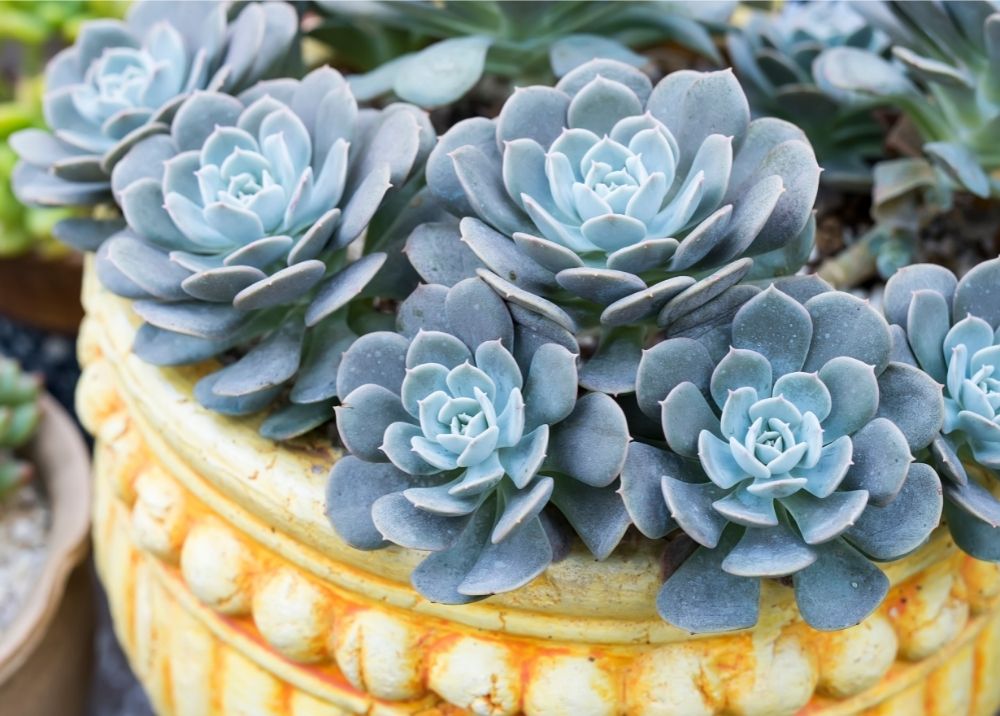
Common Issues Found in Echeveria Plants
The most common issue with caring for an Echeveria is overwatering. When you water it, soak the soil and allow it to dry completely. Some people prefer placing their plant in indirect sunlight after it is watered. A promising sign that your plant received plenty of water is when the water begins to leak from the holes in the bottom of the pot. You can also tell when the soil is dry by placing your finger in it.
If left outside, remember to bring the plant back indoors overnight and avoid leaving it outside during the rain. This plant is also susceptible to pests but can be resolved by using insecticide soil. Pests are also a common issue in plants. Insects like spider mites or mealybugs can grow in between or on the underside of the leaves. Use a plant-safe insecticide to kill the pests and keep your plant alive!
How Do I Know if My Echeveria Plant is Dying?
The leaves’ color and shape can indicate if your plants are dying. Leaves that are filtered, look yellow or pale indicate that it is struggling because of too much or too little water or light. Change up your watering habits, or try moving your plant to a new location to help it survive. If your Echeveria has a “leggy” or limp look, it may not be receiving enough light. Move the plant to an area that gets direct sunlight so it can continue to thrive.
Are Echeveria Plants Poisonous?
Echeverias are not poisonous. They are non-toxic toward children or pets if accidentally ingested. As a precaution, place them somewhere away from curious hands or paws.
Related: Pet Friendly Plants: Which Plants Are Safe for My Furry Friend?
Final Thoughts – Echeveria Care
Echeveria care is extremely easy and is the best introductory plant for beginners. Echeverias can make perfect household decorations, and you can also give them as gifts. If you’re excited about owning this plant and many others, Check out PlantedPot.com for more awesome plants!
Related: Succulent Care: 7 Simple Tips & Tricks for Beginners


